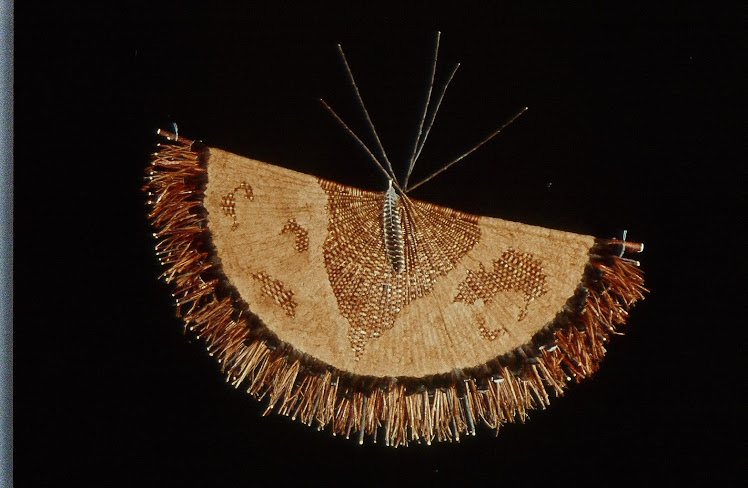I’m happy to announce that a beautiful cultural art film titled: Clam Basket, A Story By Ed Carriere, is now completed. This film is a tribute to a generous Suquamish elder and teacher, Ed Carriere, who is working hard to help preserve some of the important cultural and material knowledge of plants and place.
I was delighted to be able to show this 15 minute film to two classes at Suquamish Elementary School this June. Because of their youthful ages, with one class of first-graders and one class of second-graders, I used the film as an introduction to one of my teachers. I was there to help them learn to weave with Western Red Cedar bark, but I wouldn't be there if I didn't have many generous teachers. I stopped the film at a few places, for discussion and questions, and also to give students pieces of the cedar branches and bark that they were seeing Ed Carriere prepare in the film.
I spent 8 hours in each class, over four days, and on the last day, we all celebrated their accomplishment of weaving together, by going outside on the school grounds, at the wildly serene Suquamish Basket Marsh. (Please read the article on this blogs' side-bar, listed in Clearing Magazine for more information.)
We had a fun time together, and my only lament, at least for students of this age, was that I wish I could have shown the film twice. Once more at the end of our experience, so the students could really feel, after our experience together, how much more they knew about what they were seeing Ed do in the movie.
Here’s some pictures of our time together at Suquamish Elementary School located in the little town of Suquamish Washington.
And speaking of wonderful generous teachers, many thanks to Bonnie Stafford and Linda Dorn, teachers at Suquamish Elementary. My husband and I felt lucky when our sons were in their classes long ago. Ms. Dorn and Ms. Stafford just seem to get better with time, like fine wine. I've also appreciateive of the Bainbridge Island Art Education Consortium for providing the funding for this ethnobotany-art experience.

No comments:
Post a Comment
Comments on this blog are moderated and approved once a month. Please be patient or email me directly at melindawestbasketry@gmail.com